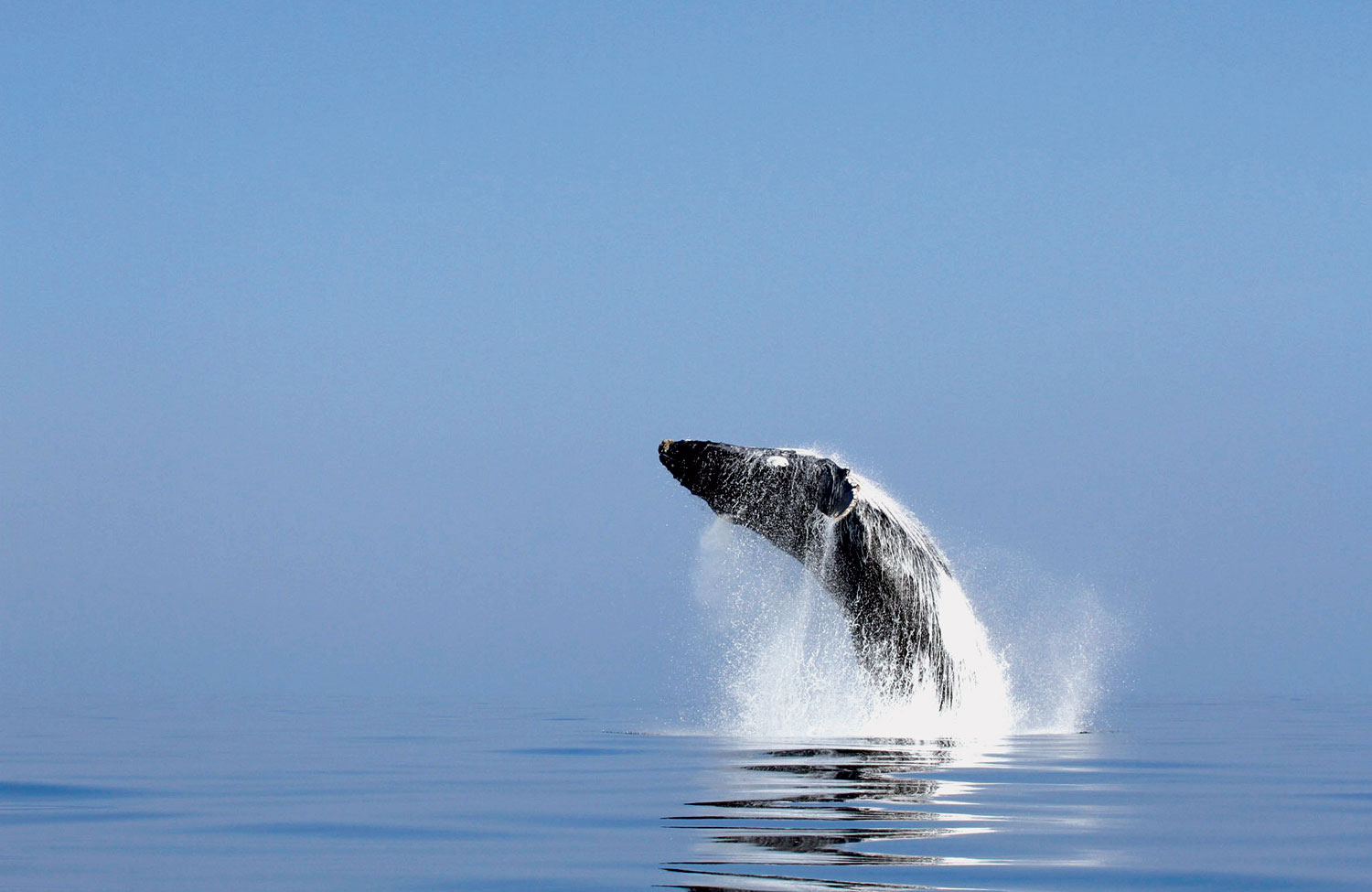

SALALAH, March 5 - Oman holds an important place for marine mammals due to high diversity it gets from the Sea of Oman and the Indian Ocean. For this marine scientists find Oman an important location due to availability of different species like coastal dolphins and endangered humpback whales, which is typical of the Arabian Sea. A section of marine scientists belonging to Marine Mammal Protected Areas Task Force said this while exhorting the stakeholders in Oman to give proper focus on some rare species including some humpback whales, which are probably only 100 in number.
The marine scientists gathered in Salalah under the banner of Global Ocean Biodiversity Initiative (GOBI) are doing a review of researches done on marine mammals with a view to putting them on e-Atlas so that they can be used by the regulators, managers and the policymakers to ensure that marine mammals are protected and given better care. In their comments to Observer, Dr Giuseppe Notarbartolo di Sciara and Professor David Johnson put stress on the importance of the gathering, which would throw light on the real situation of marine mammals and challenges being faced in their conservation.
“Using research the scientists here are trying to identify important marine mammal areas. We will put the information on the e-map or e-Atlas. Since this is a scientific product, it can help the regulators, policymakers and managers in drafting policies or even making regulations,” said Dr Giuseppe.
The participants are drawn from one part of the global ocean that is western Indian Ocean and the Arabian Sea. Thus the participants here are coming with their works on marine mammals in the Red Sea and the Gulf. “So it goes from northern Red Sea all the way down to the South Africa and the east towards tip of India and Madagascar, all the Indian Ocean islands and the Sea of Oman, the Gulf of Aden and the coasts of Iran, Pakistan and India,” Dr Giuseppe said.
Commenting on the importance of this gathering, Dr Giuseppe said more than 110 submissions were received for the five-day session, which opened on Monday and continue till Friday. “The numbers show that the researchers have interest in this area and we are likely to come out with very good review by the end of the session.”
He confirmed presence of a large number coastal dolphins in Omani water, but put stress on the fact that presence of one of the most endangered marine mammal species — humpback whale — makes Oman an interesting and important for marine researchers.
“There are probably only 100 humpback whale individuals available globally. This particular species is typical of the Arabian Sea. It doesn’t migrate and just stay between Oman and India.”
To establish difference between the humpback whales in Oman and other places, Dr Giuseppe said that “generally the humpback whales are highly migratory species, but the one which is found in Oman does not migrate and that’s the reason it is less in number.”
Professor David Johnson, Coordinator of the UK-based Global Ocean Biodiversity Initiative (GOBI), called the session important and part of GOBI’s series of scientific projects.
“It is essential to be able to protect marine species to understand where they are and this is true for marine mammals which is the subject of this session. So we are having many global processes... the richness of the waters of Oman is particularly important and globally significant in our efforts,” he said.
Oman Observer is now on the WhatsApp channel. Click here



